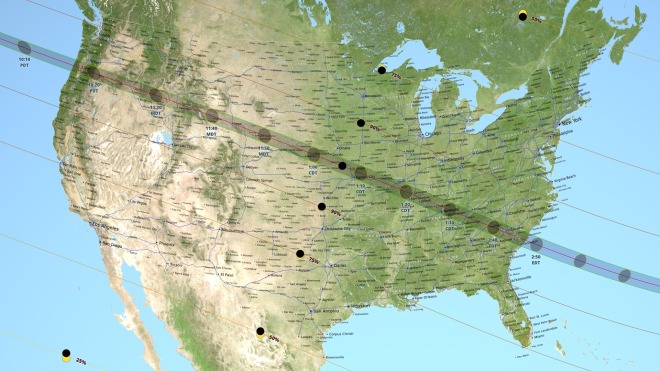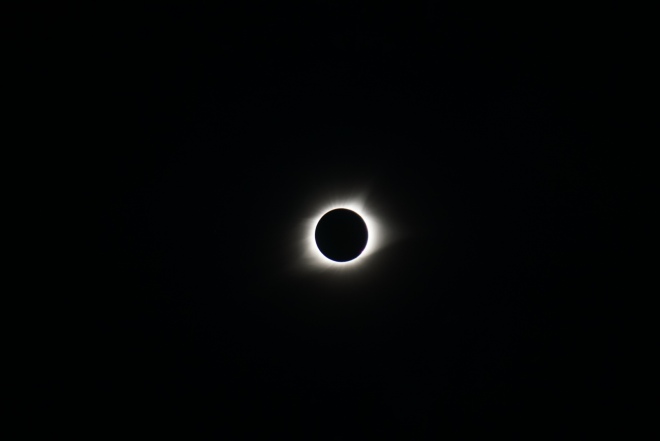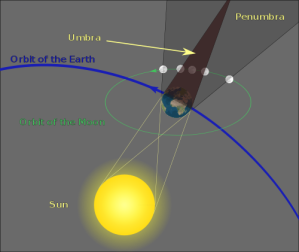There’s really no other way to phrase it: the universe is enormous. With our current level of technology, it might as well be an infinite space, but there is a limit to our universe. Our best guess as to the size of the universe right now is that the universe is around 93 billion light years across. However, since the universe has only existed for around 14-15 billion years, we can only see out to a distance of 14-15 billion light years away from earth. This means that the light from a vast majority of the universe hasn’t had enough time to reach earth yet!
To put those numbers in perspective, the sun is about 8 light minutes away from earth. This means that the observable universe (not even the entirety of the universe) is about 919,800,000,000,000 times bigger than the distance between the earth and the sun. The closest star to Earth- Proxima Centauri- is about 4.45 light years away, so the observable universe is only about 3,111,111,111 times bigger than the distance to our nearest cosmic neighbor. The list of comparisons you can make goes on and on, but suffice it to say the universe is absolutely enormous!







 You can catch the Super Snow Blue Blood Moon at 5:51 AM ET as it sets in the western sky. Everything about our existence is rare, but in the interest of staving off existential dread, let’s celebrate this event that we likely won’t see again in our lifetimes!
You can catch the Super Snow Blue Blood Moon at 5:51 AM ET as it sets in the western sky. Everything about our existence is rare, but in the interest of staving off existential dread, let’s celebrate this event that we likely won’t see again in our lifetimes!